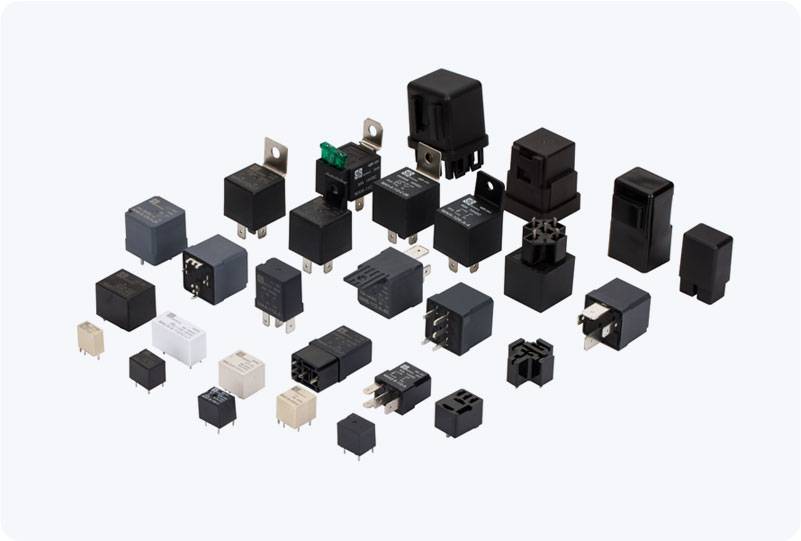High current car relays are crucial components in automotive electrical systems, designed to handle and control the flow of high currents to power various electrical devices. These devices are essential for vehicles’ operational efficiency, ensuring that high-powered components can be activated or deactivated safely. In this article, we will explore what high current car relays are, how they work, their applications, and important considerations when choosing and using them in automotive systems.

What is a High Current Car Relay? A high current car relay is an electromagnetic switch used in automotive circuits to control high-current loads, such as power windows, seat motors, air conditioning compressors, or even the engine’s starter motor. The relay consists of a coil, a set of contacts, and a magnetic field. When a small current flows through the coil, it activates a magnetic field, pulling the contacts together to allow the high-current flow through the circuit. This mechanism allows the relay to serve as a bridge between low-power control circuits and high-power electrical devices in the car.